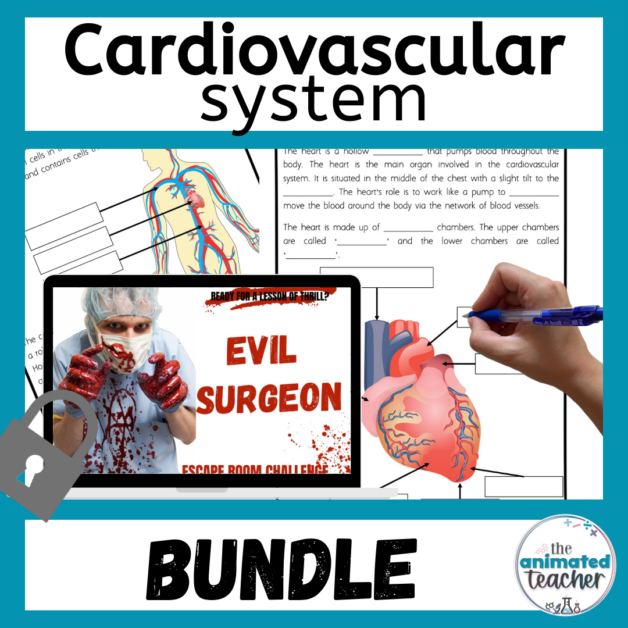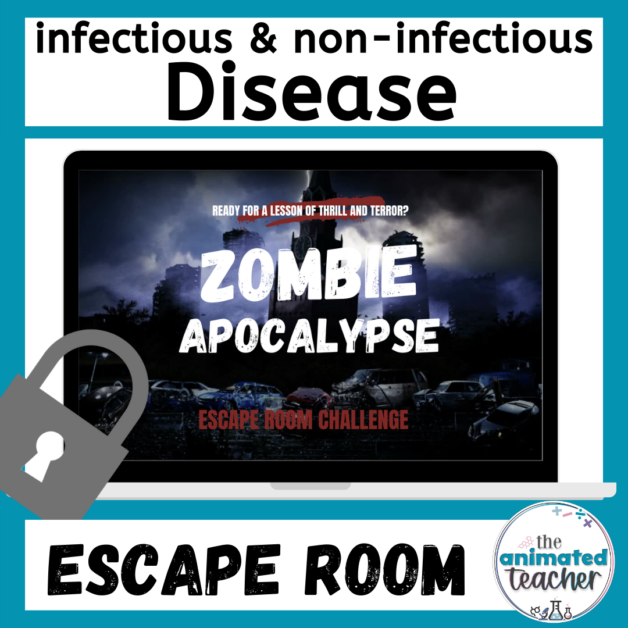Using See-Think-Wonder to promote thinking in 4 steps
In just 15 minutes, with just 4 simple steps, you can promote engagement, deepen thinking skills and develop quality questioning in your students. Using an interesting visual image and combining it with the visible thinking routines of ‘See-Think-Wonder’ and ‘What makes you say that?’ will give you a super-charged lesson activity.

Disclaimer: This blog post, ‘Using See-Think-Wonder to promote thinking in 4 steps’, may contain affiliate links. This means I may receive a small commission on qualifying purchases. This is of no extra cost to you and it helps me to continue writing awesome content for you! Read full disclaimer here.
The ‘see-think-wonder’ methodology
The see-think-wonder method was developed as part of Harvard’s Project Zero research into thinking routines and the development of scaffolds to support student thinking. This is often referred to as ‘Visible Thinking’. The aim of this research was to guide students through their thinking practices by making thinking visible. These routines are applicable across all subject areas and grade levels.
What is the ‘see-think-wonder’ method?
The see-think-wonder method stimulates student curiosity by encouraging them to make interpretations based on observation. The routine involves having students complete the following stems: ‘I see…, I think…, I wonder…’
The SEE phase in the see-think-wonder method encourages noticing without judgement, sitting with ‘not knowing’ for a while. It encourages exploration of all the data – the colours, the numbers, the words, the patterns.
Pointing out what you have seen is low risk and allows participation by all students, regardless of whether they understand what the data is representing, or maybe even how it ties into the learning intention.
As a teacher it is important to model the thinking routine so I might contribute “I see that the scale for time is logarithmic” or “I see some drops in % survival of large mammals occurs over 2 steps”. Reporting back from small groups could focus on novel noticings that only one person saw so that you don’t use up too much time hearing about the obvious.
The THINK phase in the see-think-wonder method encourages some interpretation and students start to make claims about the data before them. “I think that humans caused large mammals to become extinct” or “I think African mammals were less impacted by human arrival than mammals on other land masses” or “I think there are fewer large mammals alive today”.
Students can be prompted to state the evidence behind their claim if teachers use “What makes you say that?” in a way that shows a curiosity about their claim rather than a judgement of it.
We are learning about what it means to be a scientist! We observed and collected information on what we see, think and wonder about our classroom animals! ? #owlcommunity pic.twitter.com/q602nTcR51
— Alycia Bingeman (@alycia_bingeman) September 9, 2022
As students WONDER, they may start with simple questions related to unknowns in the image. “I wonder what H.sapiens means” or “I wonder what log kYA is.” This type of low level inquiry question is important for understanding and shouldn’t be dismissed.
However, class discussion following on from having shared the THINK ideas should lead into broader questions that push beyond simple interpretations and start looking at issues, ideas and connections within and beyond the data set. These might include questions for reasoning where students wonder about how the data was generated. “I wonder how this data was collected” or “I wonder how many species are represented by the percentages on the y-axis.”
Scientific questions about the validity of the data are relevant and welcomed: “I wonder how reliable the fossil record is” and questions about the connections between this and other information allow students to make links and bring new information into their personal mind map: “I wonder if climate change might have had an impact on large mammal survival”. These will engage students with new areas to explore as they move through this topic.
Using the ‘See-Think-Wonder’ in 4 steps
What to do:
- Give out an interesting graphic, individually, in pairs or displayed on a large screen (maybe with the lights dimmed)
- 5 minutes (in silence): “What do you SEE? What does this make you THINK? And what does it make you WONDER?”.
- 5 minutes: Students share in small groups
- 5 minutes: Class discussion with “What makes you say that?”
Conclusion
Using this simple see-think-wonder visible thinking routine for 10 to 15 minutes has promoted engagement, thinking and questioning skills in a way that gives meaning, purpose and authenticity to the learning intention and topics being studied.
Will you try this with your class?
Comment below!
This blog post is guest written by a highly regarded colleague of mine, Rachel Peach. Rachel has been an overly-enthusiastic Science teacher for more than 25 years and has taught in London, Amsterdam and Sydney. her passion for Biology started as a child exploring her grandparents’ farm and beach-combing with her family.
Now she specialises in facilitating differentiated, engaging and authentic learning programs for all students. Rachel is an expert mentor with the Modern Classroom Project and is the Assistant Learning Leader in the Science Faculty of a K-12 Independent school in Sydney. When she is not thinking and talking about pedagogy, you can find Rachel walking with her dog and daughters in the Australian bush.







0 Comments